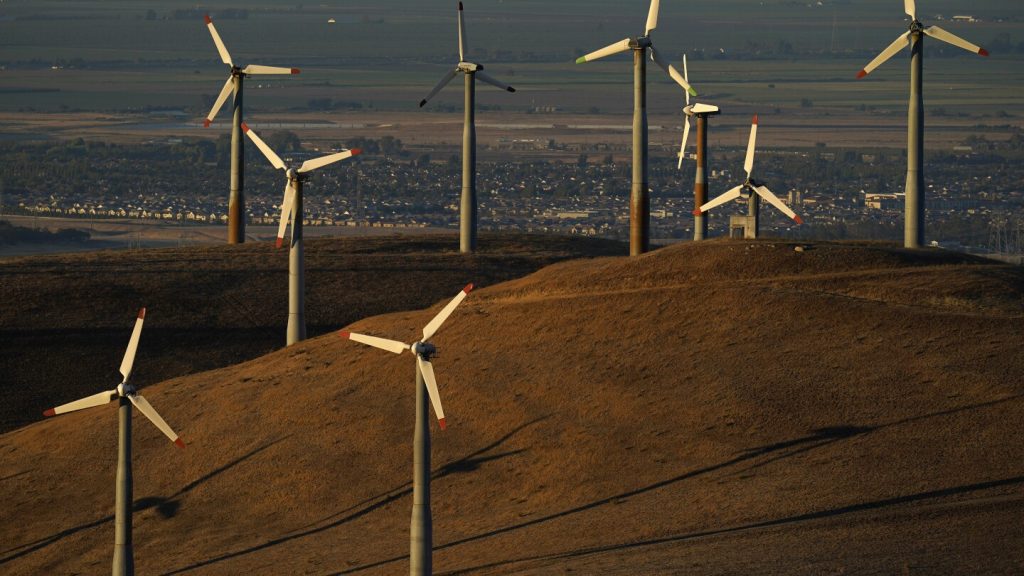Federal energy regulators have given approval to a new rule aimed at facilitating the transmission of renewable energy to the electric grid, in line with President Joe Biden’s ambition to achieve carbon neutrality by 2050. The rule, developed over two years, is intended to strengthen the nation’s power grid to meet increasing demand driven by factors such as data centers, electrification of vehicles and buildings, and artificial intelligence. The grid is facing challenges from the retirement of coal-fired power plants, competition from natural gas, and stricter pollution regulations, as well as disruptions caused by climate change-induced extreme weather events.
The rule, a comprehensive 1,300-page document addressing transmission planning and cost allocations, was approved by the Federal Energy Regulatory Commission by a 2-1 vote, with Chairman Willie Phillips and Commissioner Allison Clements in favor, and Commissioner Mark Christie opposed. Phillips emphasized the urgent need for the rule to ensure the reliability and affordability of the power grid, which is under strain due to factors like rapid growth in demand, aging infrastructure, and extreme weather. Christie criticized the rule for favoring wind and solar operators over consumers, warning of potential wealth transfer to these operators.
The new rule aims to streamline the process of siting power lines and sharing costs between states, potentially expediting the construction of transmission lines for renewable energy sources. It aligns with Biden’s goal of a carbon-free power sector by 2035 and net-zero carbon emissions across the economy by 2050. The rule seeks to address the current lack of transmission capacity hindering the connection of utility-scale renewables to the grid and outlines a planning process to determine cost allocations for cross-state transmission. White House climate adviser Ali Zaidi praised the rule for advancing clean energy progress led by the Biden administration.
Commissioner Clements described the rule as a common-sense and historic step that promotes advanced planning for new power sources and emphasizes affordability and reliability. She highlighted the importance of cooperation with states in the planning process to achieve favorable outcomes. In contrast, Commissioner Christie raised concerns about the agency’s alignment with specific policy agendas, asserting that FERC should not be promoting partisan policies beyond its legal authority. Despite this, Democrats and clean-energy advocates hailed the rule as a positive development that will bring cost-effective clean electricity to the grid and support the expansion of renewable energy resources.
Support for the new rule also came from Senate Majority Leader Chuck Schumer, who emphasized its role in enhancing clean-energy incentives and ensuring the transmission of renewable energy to communities across the country. Schumer credited the rule as complementing the success of the Inflation Reduction Act, a climate law passed by Democrats in 2022, and noted its significance in enabling the delivery of low-cost, reliable clean energy where it is needed most. The rule is expected to contribute to the advancement of clean energy goals and the modernization of the U.S. power grid in line with broader climate objectives.


